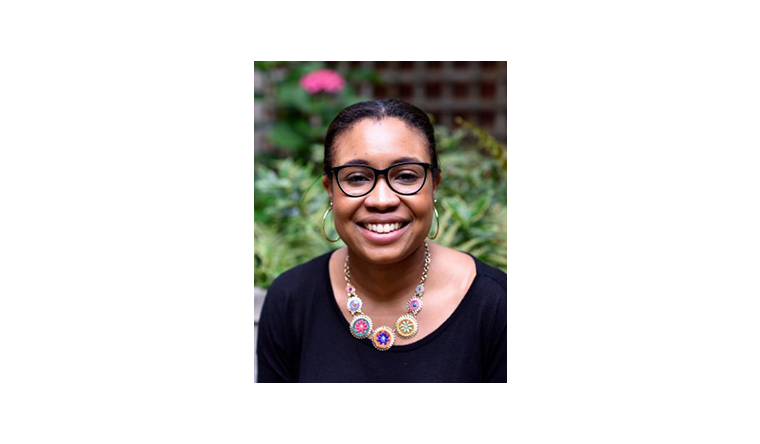
Leanne Melbourne
Dr Leanne Melbourne is the Kathryn W. Davis Postdoctoral Fellow at the American Museum of Natural History in New York, USA. Her research focuses on the impact of climate change on marine calcifiers through time – more specifically, how climate change impacts structural integrity and therefore implications for ecosystem response. Leanne gained her PhD at the University of Bristol where she focused on the impact of climate change on the structural integrity of coralline algae around the UK. She is also a Fellow of the Linnean Society.
Largest rhodolith bed
Rhodoliths are unattached forms of coralline algae (a calcifying seaweed). Along with kelp beds, seagrass meadows and coralline algal reefs, rhodolith beds are known as one of the world's four largest macrophyte-dominated benthic communities. The largest contiguous rhodolith bed is found in the South Atlantic Ocean off the coast of Brazil, along the Abrolhos Shelf (16.83°/19.75° S), covering an area of 20,902 km2 (8,070 sq mi), which is larger than the country of Slovenia. The Abrolhos rhodolith bed could represent the highest deposit of calcium carbonate (CaCO3) in the world (more than any single coral reef), weighing as much as 2 x 10^11 tonnes in its entirety and with an estimated annual CaCO3 production rate of 25 million tonnes (27.5 million US tons).



